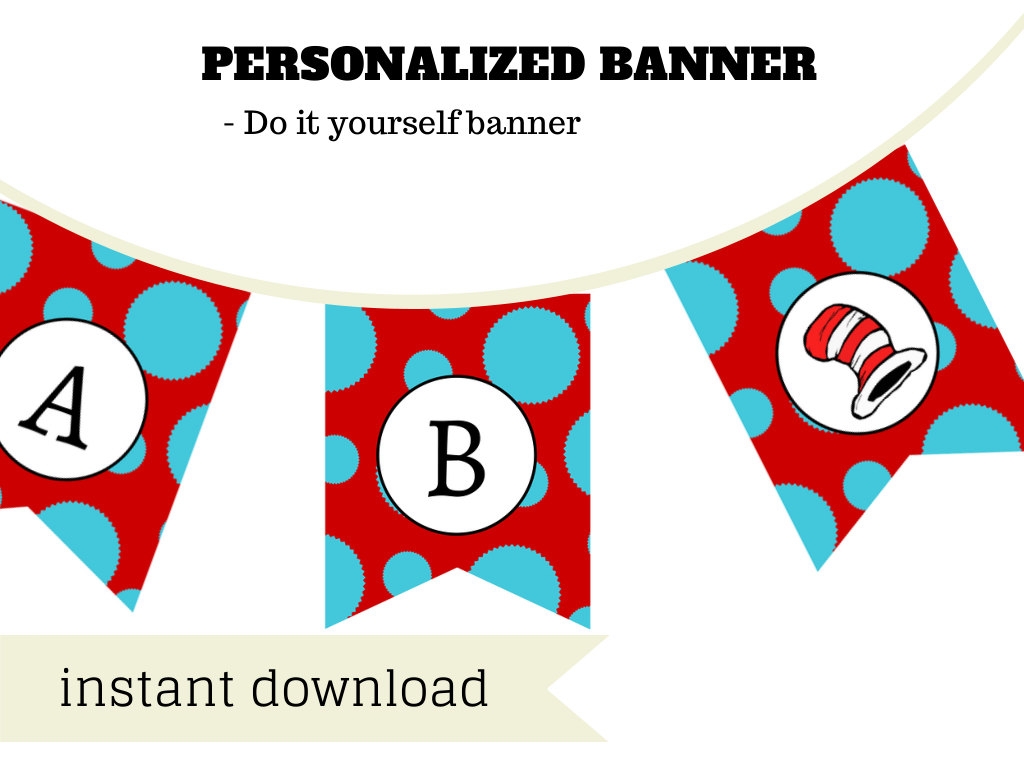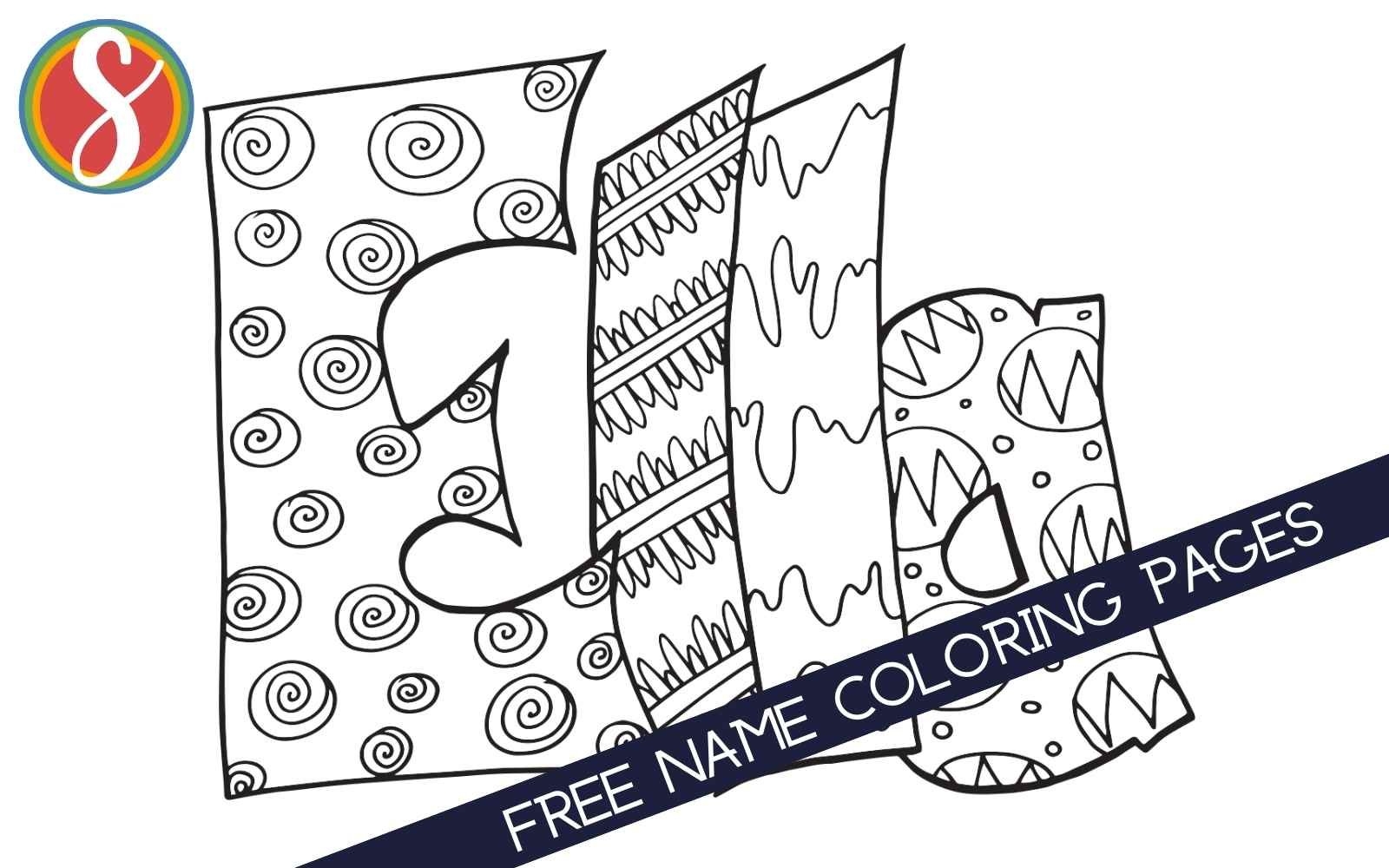Fidget toys have taken the world by storm, haven’t they? From the ubiquitous fidget spinner to more intricate designs, these little gadgets are marketed as tools for managing stress, improving focus, and simply keeping restless hands occupied. But what if you could take the concept of a fidget toy a step further, customizing it to your exact preferences and even creating unique designs from scratch? That’s where the magic of 3D printing comes in. The ability to create these toys at home or in the classroom, gives you full control over the color, design, and the materials that are used. And in this post, we’ll dive into the wonderful world of 3D printable fidget toys, exploring the possibilities, the benefits, and everything you need to get started. We’ll explore resources for finding readily available designs, discuss the best materials to use for a satisfying fidgeting experience, and even touch on the design aspects if you’re feeling ambitious enough to create your own unique fidget toy. Forget buying mass-produced plastic versions; with a 3D printer, you can create a personalized fidget companion that perfectly suits your needs and style, expressing yourself. This isnt just about keeping your hands busy; its about unlocking a world of creative possibilities and finding a fun, engaging way to manage your focus and well-being.
Why 3D Print Your Own Fidget Toys?
So, why bother 3D printing fidget toys when you can buy them so cheaply online or in stores? The answer lies in the unparalleled level of customization and control you gain. First and foremost, you’re no longer limited by the designs that are commercially available. You can find thousands of free designs on websites like Thingiverse, Cults3D, and MyMiniFactory, ranging from simple gears and spinners to complex interlocking puzzles and articulated figures. If you have a specific idea in mind, you can even design your own fidget toy using free CAD software like Tinkercad or more advanced programs like Fusion 360. This opens up a world of creative possibilities, allowing you to create a fidget toy that is truly unique and tailored to your personal preferences. Beyond customization, 3D printing also gives you control over the materials used. Instead of being stuck with generic plastic, you can experiment with different types of filaments, such as PLA, ABS, PETG, and even flexible TPU for squishy or bendable fidgets. This allows you to fine-tune the texture, feel, and durability of your toy to create the perfect fidgeting experience. Furthermore, 3D printing can be a cost-effective option in the long run. While the initial investment in a 3D printer may seem daunting, the cost per fidget toy is significantly lower than buying them individually. This is especially true if you plan on making multiple fidget toys or experimenting with different designs. 3D Printing also promotes recycling, since you can turn plastic bottles to filaments and create your own fidget toys to help the enviroment.
1. Endless Design Possibilities
The beauty of 3D printable fidget toys lies in the sheer variety of designs available. Whether you’re a fan of classic spinners, intricate gear systems, or satisfyingly clicky mechanisms, there’s a 3D printable fidget toy out there for you. Simple spinners are a great starting point for beginners, as they require minimal parts and are easy to assemble. You can experiment with different shapes, sizes, and bearing types to create a spinner that suits your preferences. Gear-based fidget toys offer a more tactile and engaging experience, with interlocking gears that spin and mesh together. These designs can range from simple two-gear systems to complex multi-gear arrangements that provide hours of fidgeting fun. Articulated fidget toys, such as chains, dragons, or even miniature robots, offer a unique combination of visual appeal and tactile satisfaction. These designs typically consist of multiple interconnected parts that can be posed and manipulated, providing a stimulating and engaging fidgeting experience. For those who prefer a more subtle and discreet fidget toy, there are also plenty of options available. Fidget cubes, for example, feature a variety of different tactile elements on each face, such as buttons, switches, and rollers, allowing you to fidget without drawing attention. Textured fidget toys, with bumpy or ridged surfaces, provide a satisfying sensory experience for those who enjoy tactile stimulation. Ultimately, the design possibilities for 3D printable fidget toys are limited only by your imagination.
2. Choosing the Right Materials for Your 3D Printed Fidget Toy
Selecting the appropriate material is crucial for determining the longevity, tactile feel, and overall satisfaction of your 3D printed fidget toy. PLA (Polylactic Acid) is a popular choice due to its ease of printing, biodegradability, and wide availability. It offers a good balance of strength and rigidity, making it suitable for many fidget toy designs. However, PLA can be brittle and may not be the best option for fidget toys that are subjected to high stress or impact. ABS (Acrylonitrile Butadiene Styrene) is a stronger and more durable alternative to PLA, offering better resistance to heat and impact. It’s a good choice for fidget toys that require greater strength or that will be used outdoors. However, ABS is more challenging to print than PLA, requiring a heated bed and an enclosed printer to prevent warping. PETG (Polyethylene Terephthalate Glycol-modified) combines the best of both worlds, offering good strength, durability, and ease of printing. It’s also more flexible than PLA or ABS, making it a good choice for fidget toys that require some degree of bending or flexing. TPU (Thermoplastic Polyurethane) is a flexible filament that allows you to create squishy, bendable fidget toys. It’s a great choice for fidget toys that are designed to be squeezed, stretched, or manipulated in other ways. However, TPU can be challenging to print, requiring specific printer settings and careful calibration. In addition to these common filaments, there are also a variety of specialty filaments available, such as wood-filled PLA, metal-filled PLA, and glow-in-the-dark PLA, which can add unique aesthetic and tactile qualities to your fidget toys. Ultimately, the best material for your 3D printed fidget toy will depend on the specific design and your personal preferences.
3. Finding and Creating Your Own 3D Fidget Toy Designs
Getting started with 3D printable fidget toys is easier than you might think. The first step is to find a design that you like. As mentioned earlier, websites like Thingiverse, Cults3D, and MyMiniFactory are treasure troves of free 3D models, including a vast selection of fidget toy designs. Simply search for “fidget toy” or browse through the various categories to find something that catches your eye. Once you’ve found a design that you like, download the STL file and import it into your slicing software. Slicing software is used to convert the 3D model into a set of instructions that your 3D printer can understand. Popular slicing software options include Cura, PrusaSlicer, and Simplify3D. In your slicing software, you’ll need to adjust the settings to match your printer and the material you’re using. This includes settings like layer height, infill density, print speed, and temperature. Once you’re happy with the settings, slice the model and save the G-code file to an SD card or USB drive. Insert the SD card or USB drive into your 3D printer and start the print. The printing process can take anywhere from a few minutes to several hours, depending on the size and complexity of the design. If you’re feeling creative, you can even design your own fidget toy from scratch. Free CAD software like Tinkercad is a great option for beginners, as it’s easy to learn and use. More advanced CAD software like Fusion 360 offers more features and flexibility, but it can be more challenging to master. There are plenty of online tutorials and resources available to help you learn how to design your own 3D models. With a little practice, you’ll be able to create unique and personalized fidget toys that are perfectly tailored to your needs and preferences.
3D Printable Fidget Toys
This article has explored the realm of 3d printable fidget toys, addressing their design possibilities, material considerations, and methods of creation. The accessibility afforded by additive manufacturing provides opportunities for custom solutions to tactile sensory needs. The adaptability inherent in digital design allows for iterations, ensuring the end product can be calibrated to specific requirements.
The expansion of home-based fabrication capabilities facilitates personal creativity. The continuing developments in polymer science and 3D printing technology will contribute to the evolution of these tangible objects. Individuals are encouraged to engage in the process of designing and creating these objects to explore their potential benefits for focus and stress management, advancing personalized well-being through practical application.


